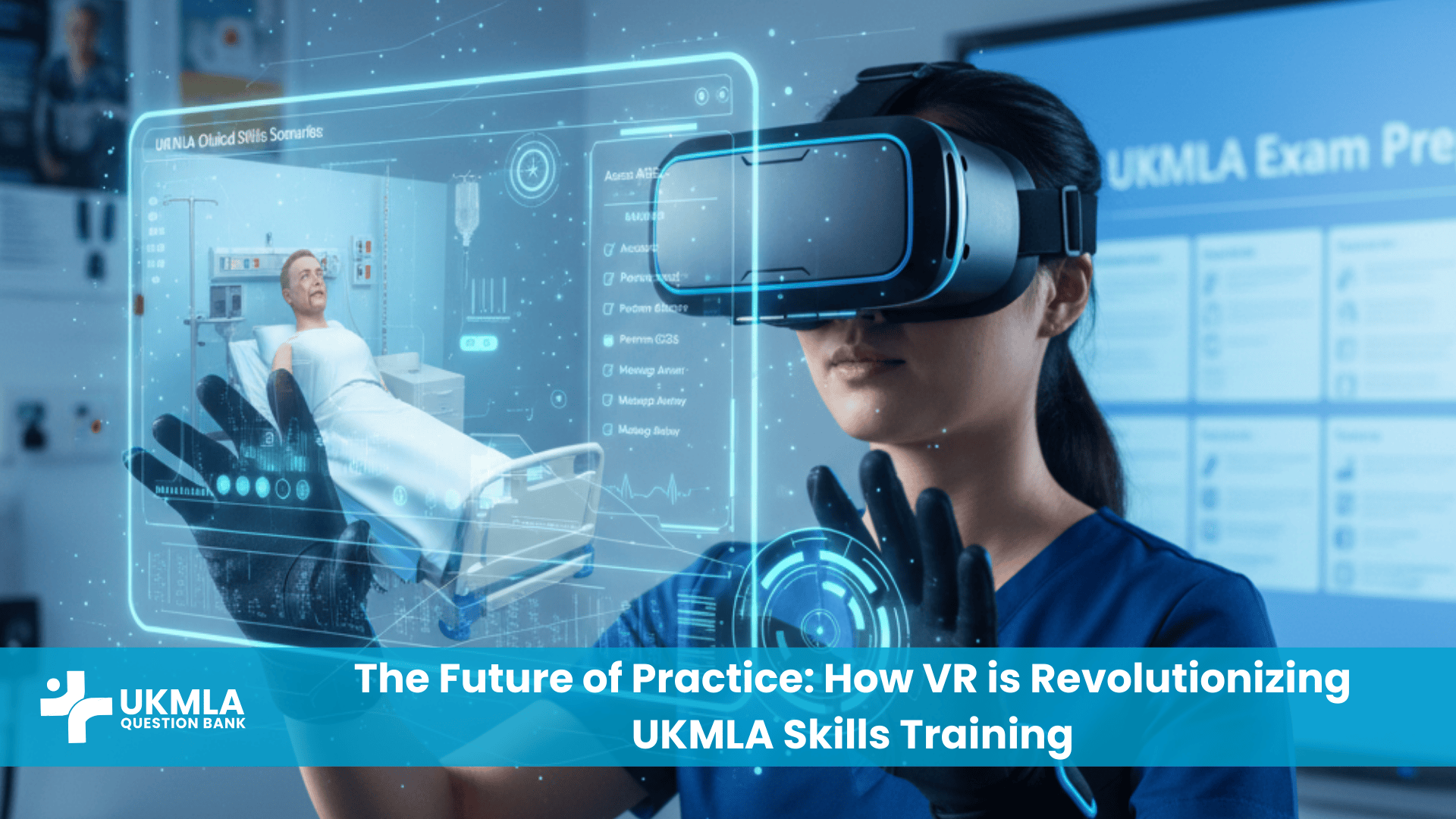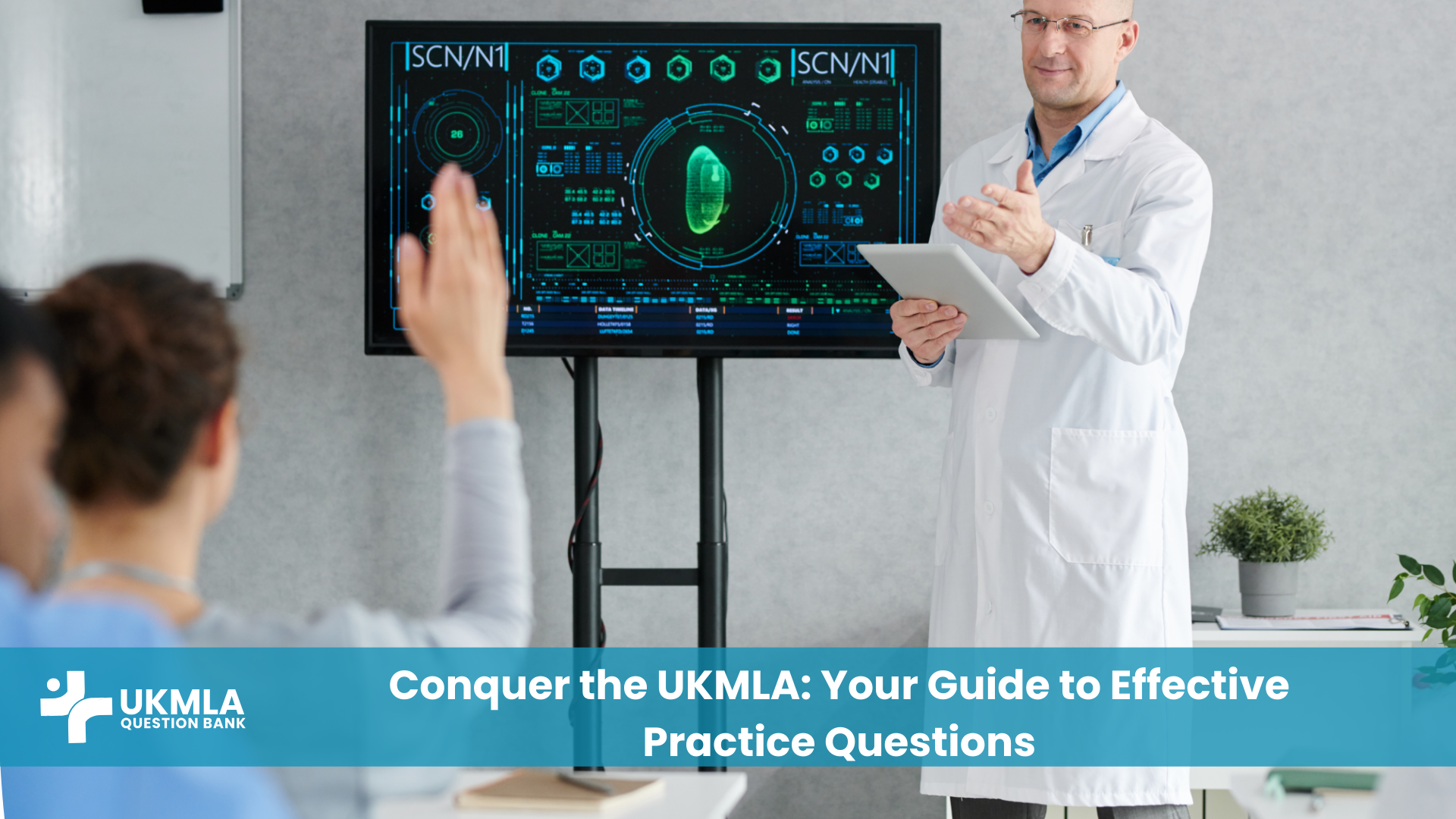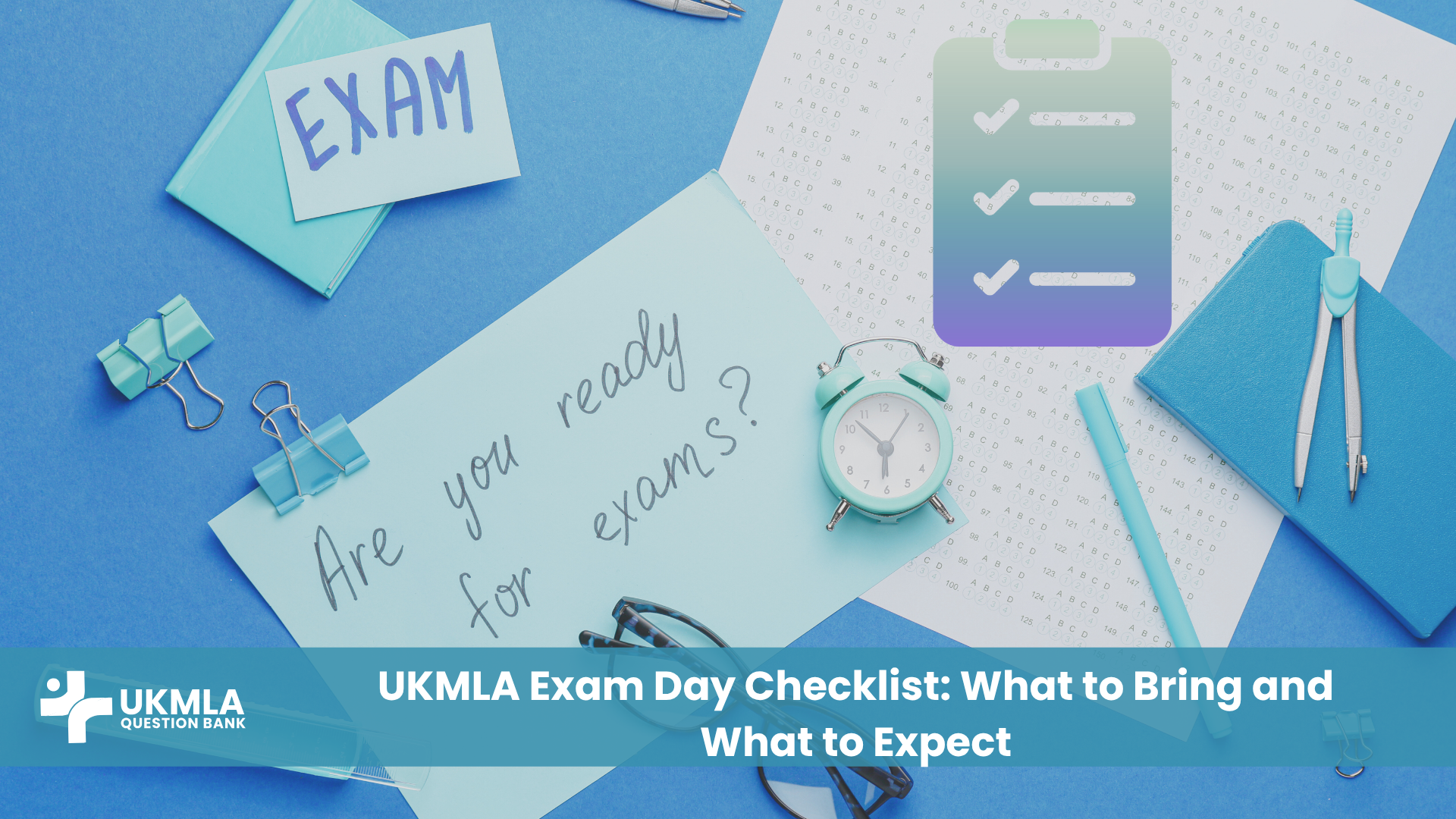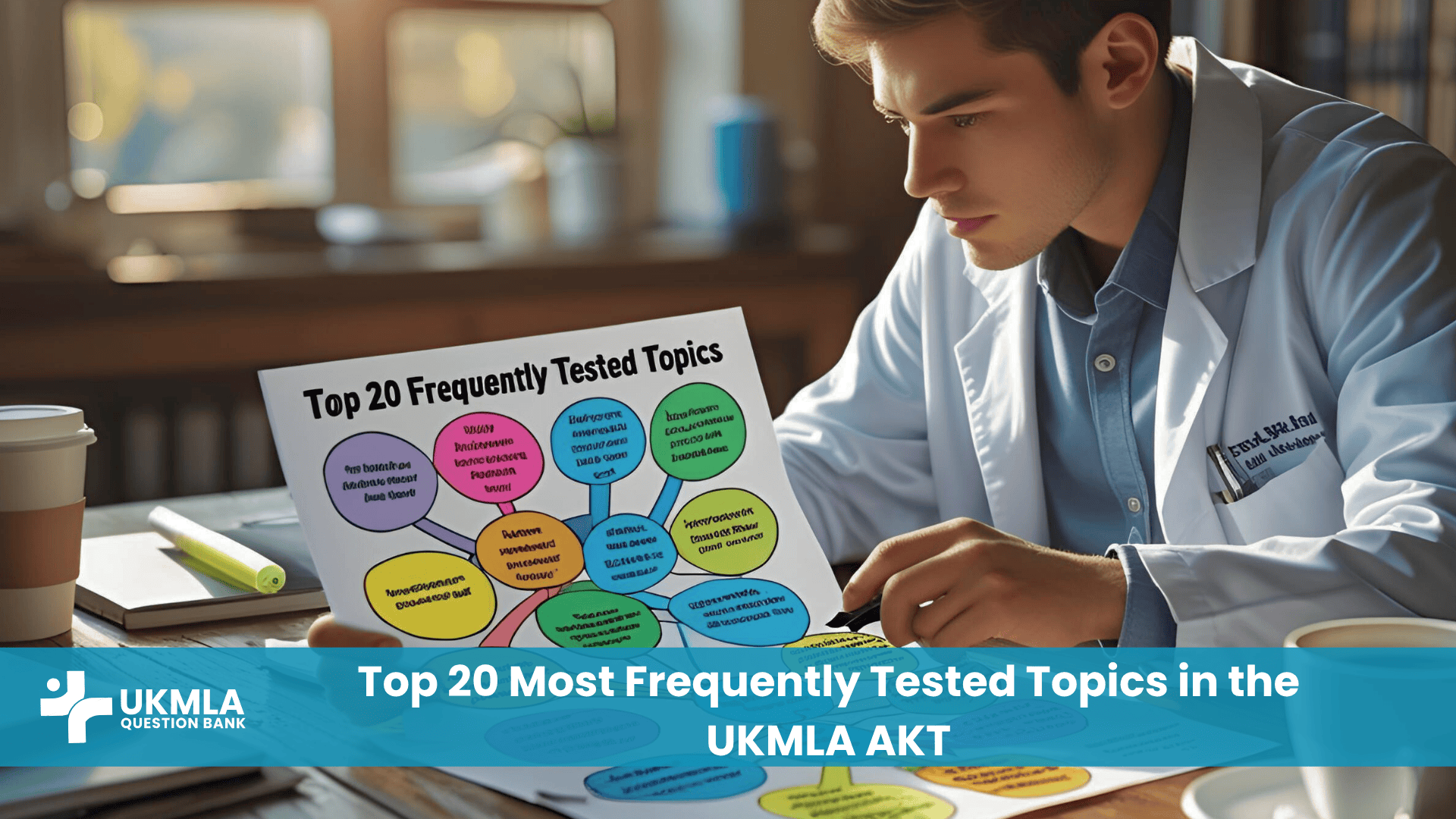Introduction
Using VR for clinical skills training is the next major evolution in preparing for the UKMLA CPSA, moving beyond traditional methods like manikins and role-playing. For generations, these skills have been taught through a combination of textbook learning and real-world practice, but these methods have inherent limitations in realism and repeatability. Now, a transformative new technology is set to bridge this gap and redefine how the next generation of doctors is trained and assessed: Virtual Reality (VR).
VR is moving rapidly from the world of gaming into the core of medical education. As a tool for immersive, high-fidelity simulation, it offers a new frontier for learning and assessment. This article will explore what VR for clinical skills training entails and dive deep into the five powerful benefits it offers for UKMLA candidates. We will look at how this technology creates safer, more effective, and more confident junior doctors, and what its integration means for the future of your exams. A great overview of the CPSA itself can be found in our guide, UKMLA CPSA Explained: Format, Stations, and Assessment Criteria.
Table of Contents
ToggleWhat is VR for Clinical Skills Training?
Before exploring the benefits, it’s important to understand what we mean by VR in a medical context. It’s far more than just a screen attached to a headset; it’s a complete, computer-generated clinical environment.
Beyond the Headset: Understanding Immersive Simulation
Medical VR is a form of immersive technology that places the user directly into a simulated clinical setting. Through a head-mounted display, you are transported to a virtual A&E bay, an operating theatre, or a GP consultation room. This environment is not static; it is interactive. You can pick up virtual instruments, speak to an AI-driven virtual patient, and see the physiological consequences of your actions in real-time. This might be combined with haptic feedback—gloves or devices that simulate the sense of touch—allowing you to feel a pulse or the resistance of an injection. This creates a deeply engaging, multisensory learning experience that traditional methods cannot match.
How VR Scenarios are Used in Medical Schools
Medical schools and postgraduate training bodies are increasingly adopting VR. Trainees can now learn complex anatomy by walking around and dissecting a 3D virtual human body. Surgeons can practice complex operations dozens of times in a virtual theatre before ever touching a real patient. For the UKMLA candidate, the most relevant application is in simulated patient scenarios. These can range from taking a history from a patient with a complex social situation to leading a full-scale trauma resuscitation, all within the safe, controlled, and repeatable confines of the virtual world.
The 5 Powerful Benefits of VR in Medical Training for the UKMLA
The integration of VR into medical training isn’t just a novelty; it offers tangible advantages that directly address the challenges of preparing for a high-stakes exam like the UKMLA.
Benefit 1: Unlimited, Repeatable Practice on Demand
One of the biggest challenges in traditional training is getting enough practice, especially for high-stakes scenarios. You may only get one chance to participate in a real cardiac arrest call during a placement. With VR, a student can run through an advanced life support algorithm ten, twenty, or fifty times. They can practice managing anaphylaxis, a septic patient, or a major haemorrhage repeatedly until every step is ingrained in their memory. This ability to practice on demand until perfection is achieved is perhaps the single greatest advantage of VR for clinical skills training.
Benefit 2: Standardized and Objective Assessment
When using actors in the CPSA, there is always a degree of variability. Different actors may portray the same condition slightly differently, and unconscious bias can influence an examiner’s perception. In a VR station, every candidate faces the exact same virtual patient who responds in the exact same way, removing the variability of human actors and creating a fairer, more consistent examination environment.
Benefit 3: Exposure to Rare and Critical Events
A significant gap in traditional medical education is the “lottery” of clinical placements. Some students may have a busy placement and see a wide range of pathology, while others may not. It is entirely possible to qualify as a doctor without ever having managed a life-threatening asthma attack or a tension pneumothorax in real life. VR solves this problem by guaranteeing exposure to these “low frequency, high risk” events, ensuring competency before they face them in real life.
Benefit 4: Detailed Performance Analytics and Feedback
A human examiner can observe a candidate and provide excellent feedback, but they cannot see everything. A VR system, however, can track every single micro-decision and action. It can record:
The exact time taken to administer a critical drug.
Whether the correct dose was drawn up.
The order in which a physical examination was performed.
Even where the user was looking at any given moment (eye-tracking).
This data can be used to provide instant, objective, and incredibly detailed feedback, highlighting specific areas for improvement that a human observer might miss. This is a key part of the vision for The Future is Now: How AI and Technology Will Reshape the UKMLA.
Benefit 5: A Safe Environment to Make and Learn from Mistakes
Learning from mistakes is one of the most powerful ways to embed knowledge, but in medicine, mistakes can have serious consequences. VR provides a psychologically safe environment where trainees are free to make errors. They can see the direct consequences of prescribing the wrong drug or missing a critical sign on their virtual patient, who will deteriorate accordingly. Learning in this way, without any risk of patient harm, is an incredibly powerful educational tool that builds not just knowledge, but confidence and resilience.
Blockquote: Immersive technologies “can have a positive impact on learning retention as well as the ability to carry out complex procedures,” according to the landmark The Topol Review. This underpins the educational argument for their wider adoption.
The Limitations and Future of VR in Assessment
While VR is a powerful tool, it’s important to have a balanced discussion about its current limitations and future direction.
Can VR Truly Replicate Human Nuance?
The most significant challenge for VR is replicating the subtle, human elements of a doctor-patient relationship. While an AI-driven avatar can be programmed to show anger or sadness, it cannot yet replicate the nuanced communication and genuine empathy required in a difficult consultation, such as breaking bad news or discussing end-of-life care. These skills are explored in our guide, Beyond the Words: A Guide to Communication Nuance for IMGs in the UKMLA CPSA. The Topol Review also stresses that the adoption of technology should be used to give healthcare staff more time to care and interact directly with patients, enhancing the patient-clinician relationship.
The Road Ahead: What’s Next for VR and the CPSA?
The future of the CPSA will likely involve a “hybrid” model. VR will be used for what it does best: assessing technical skills, procedural competency, and the management of acute emergencies. This will be complemented by stations with real actors to assess the core humanistic skills of communication, empathy, and professionalism. This approach leverages the best of both worlds, creating a more robust and comprehensive assessment of a candidate’s overall competence.
Frequently Asked Questions (FAQ) about VR in Medical Training
Yes, many UK medical schools and postgraduate bodies are already using VR in their training programs, from anatomy education to surgical simulation. Its use in high-stakes assessment like the UKMLA is the next logical step.
Numerous studies have shown that VR training can improve procedural skills, clinical reasoning, and confidence. The Topol Review, a major UK report on the future of medical training, highlights the positive impact of immersive technologies on learning retention.
The goal is not to make the exam harder, but more objective and relevant. By simulating real-world emergencies more accurately, it will be a better test of a candidate’s true ability to practice safely.
While the initial setup can be costly, the price of VR hardware has fallen dramatically. Over time, it can be more cost-effective than hiring and training actors for thousands of hours of exams, and it allows for training at a scale that was previously impossible.
No. Medical VR simulations are designed to be intuitive clinical tools, not complex video games. The focus is on the medical tasks, not on complicated controls.
Absolutely. VR is an excellent tool for learning and practicing procedures. Haptic feedback can simulate the feeling of suturing skin or inserting a cannula, allowing for the development of muscle memory before practicing on a real patient. A good overview of skills can be found in our guide to Mastering 10+ Procedural Skills for UKMLA CPSA.
VR creates a completely immersive, artificial world. AR overlays digital information onto the real world. For example, a surgeon wearing AR glasses could see a patient’s CT scan projected directly onto their body during an operation.
Yes, this is a major potential benefit. By allowing candidates to practice difficult scenarios repeatedly, VR can build confidence and reduce the anxiety associated with facing these situations for the first time in a high-stakes exam.
No. VR is a powerful tool to augment and enhance clinical training, not replace it. The experience of interacting with real patients, with all their complexities and emotions, will always be the most important part of medical education.
VR can create incredibly realistic ethical dilemmas. For example, a scenario could involve a virtual patient who is refusing a life-saving treatment, testing a candidate’s ability to navigate the principles of consent and capacity in a dynamic situation.
Conclusion
Virtual Reality is poised to revolutionize clinical skills training for the UKMLA and beyond. By offering unlimited and repeatable practice, standardized assessments, exposure to rare events, detailed feedback, and a safe space to make mistakes, VR addresses many of the limitations of traditional teaching methods. It promises to create a generation of junior doctors who are more experienced, more competent, and more confident when they first step onto the wards.
While this technology will not replace the invaluable experience of real patient interaction, it will become an essential part of the educational toolkit. As a future candidate, embracing this technology will be key to your success. The integration of VR is a significant part of how the UKMLA will change in the coming years, and understanding its potential will place you at the forefront of modern medical practice.



